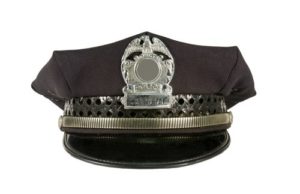 What is the President’s Intelligence Advisory Board?
What is the President’s Intelligence Advisory Board?
The President’s Intelligence Advisory Board is a Federal agency that operates within the United States of America that is responsible for providing advice to the President concerning the quality and adequacy of intelligence collection, of estimates and analysis, as well as counterintelligence issues and other intelligence-related activities.
President’s Intelligence Advisory Board Quick Facts:
The following details outline the administration of the President’s Intelligence Advisory Board:
The President’s Intelligence Advisory Board was founded in 1956 by President Dwight D. Eisenhower.
The headquarters of the President’s Intelligence Advisory Board are located in the White House in Washington D.C.
The head of the President’s Intelligence Advisory Board is chaired by Chuck Hagel and David Boren
The President’s Intelligence Advisory Board possesses those members chosen by the President of the United States; each administration will have a different number of members. Currently, under Barack Obama, the President’s Intelligence Advisory Board consists of nine members: Chuck Hagel and David Boren chair the board and Roel Campos, Lee Hamilton, Rita Hauser, Paul Kaminski, Ellen Laipson, Les Lyles and Jami Miscik comprise the rest of the agency.
History of the President’s Intelligence Advisory Board:
Originally known as the President’s Board of Consultants on Foreign Intelligence Activities, the President’s Intelligence Advisory Board was initially created in 1956 by President Dwight D. Eisenhower. Following this initial creation, President John F. Kennedy later renamed the department to the President’s Foreign Intelligence Advisory Board on May 4, 1961. Most recently, the agency was renamed by President George W. Bush to its present name on February 28, 2008.
One of the primary functions of the Intelligence Advisory Board is to examine violations of the laws and directives which govern clandestine surveillance. The Intelligence Advisory Board receives quarterly and annual reports from several US intelligence activities. That being said, in an executive order issued by George W. Bush in February of 2008, formally terminated the agency’s authority to oversee the general counsel and inspector general of each U.S. intelligence agency.
Government Agency of the Executive Branch:
Government agencies are defined as organizations, councils, and offices operating under the jurisdiction of the Federal Government of the United States of America; each federal agency retains specific administrative jurisdiction over specific facets latent within the operations of the United States Government.




























